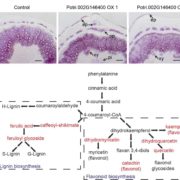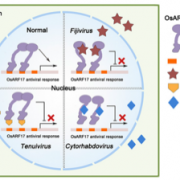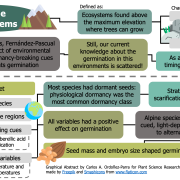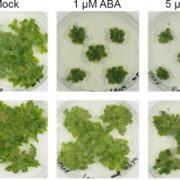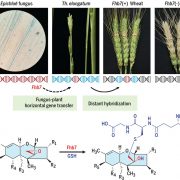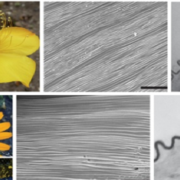Review: Evolutionary and ecological insights from herbicide resistant weeds (New Phytol)
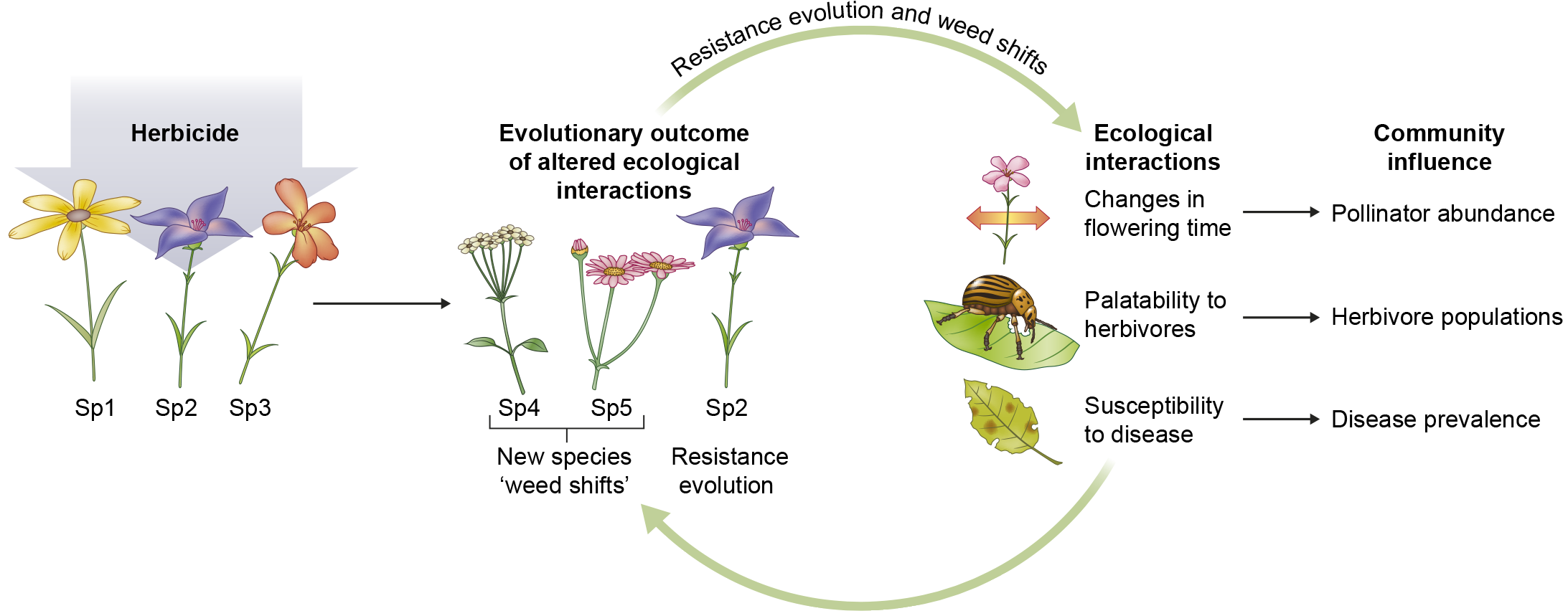 Weeds represent a problem for the economy due to their easy resistance of pesticides, but they are also a model for adaptation, ecology and evolution. In this review Baucom focusses on three areas: the genetic basis of adaptation, evolutionary constraints, and experimental evolution. Weed resistance is related to mutations of target site resistance genes (e.g., ALS gene, encoding acetolactate synthase, conferring resistance to ALS-inhibiting herbicides), and genes involved in herbicide detoxification (e.g., glutathione S-transferases). Resistance phenotypes are often shared in other lineages with the same genetic changes due to convergent evolution (e.g., duplications in EPSPS gene in four different species leading to glyphosate resistance). Resistance phenotypes can be related to optimal pleiotropy, where some mutations of genes are more common than others because of their effect on fitness. The author discusses experimental evolution as a tool to know if weed populations can evolve higher levels of resistance; low doses of herbicides applied in Lolium rigidum has the consequence that in two or four generations plants were resistant. The author also addresses how herbicide resistance affects ecological interactions, for example with pollinators. The author summarizes “Here I have attempted to emphasize that the plant/herbicide model is uniquely poised to address questions in evolution and ecology more broadly”. (Summary by Laura Alejandra Mejía Agudelo) New Phytol. 10.1111/nph.15723
Weeds represent a problem for the economy due to their easy resistance of pesticides, but they are also a model for adaptation, ecology and evolution. In this review Baucom focusses on three areas: the genetic basis of adaptation, evolutionary constraints, and experimental evolution. Weed resistance is related to mutations of target site resistance genes (e.g., ALS gene, encoding acetolactate synthase, conferring resistance to ALS-inhibiting herbicides), and genes involved in herbicide detoxification (e.g., glutathione S-transferases). Resistance phenotypes are often shared in other lineages with the same genetic changes due to convergent evolution (e.g., duplications in EPSPS gene in four different species leading to glyphosate resistance). Resistance phenotypes can be related to optimal pleiotropy, where some mutations of genes are more common than others because of their effect on fitness. The author discusses experimental evolution as a tool to know if weed populations can evolve higher levels of resistance; low doses of herbicides applied in Lolium rigidum has the consequence that in two or four generations plants were resistant. The author also addresses how herbicide resistance affects ecological interactions, for example with pollinators. The author summarizes “Here I have attempted to emphasize that the plant/herbicide model is uniquely poised to address questions in evolution and ecology more broadly”. (Summary by Laura Alejandra Mejía Agudelo) New Phytol. 10.1111/nph.15723




